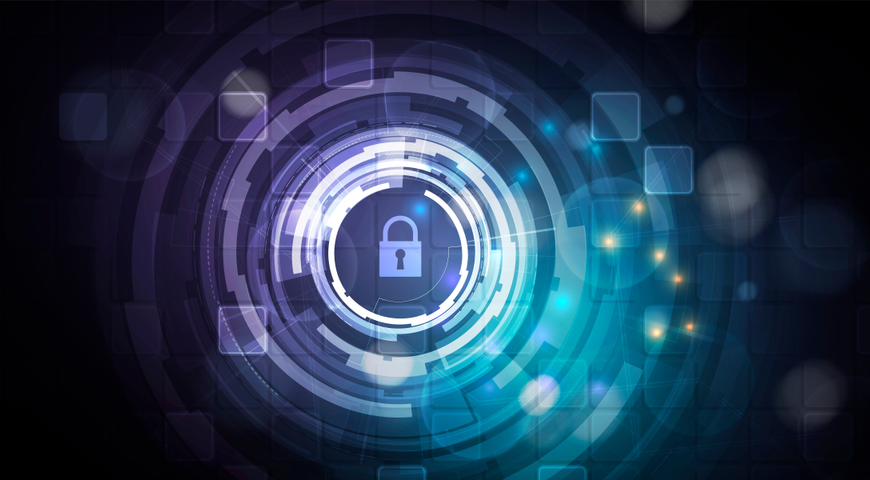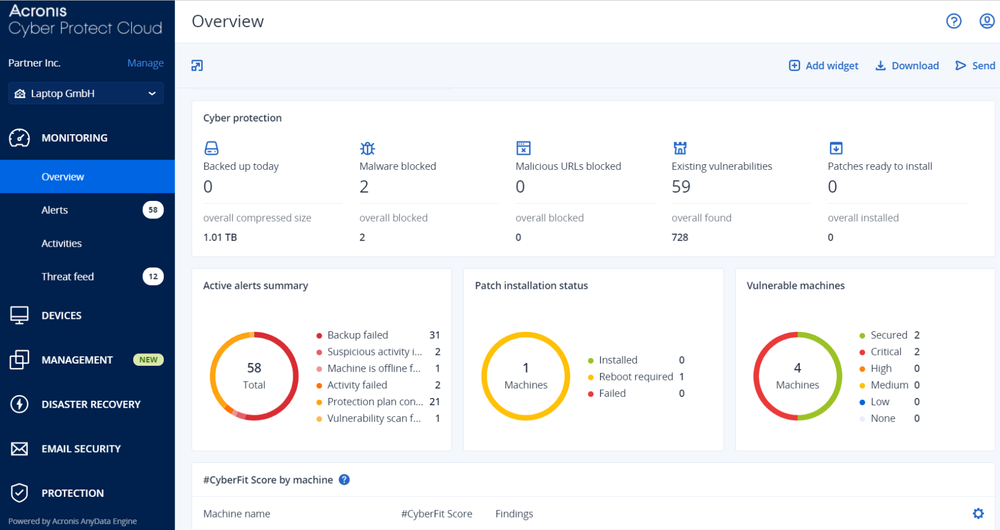
In the ever-evolving digital landscape, where technology advancements are both a boon and a bane, the significance of robust cybersecurity measures cannot be overstated. Over the past 5–10 years, the cybersecurity paradigm has undergone a seismic shift, driven by technological advancements, an uptick in cyberthreats and a heightened awareness of the critical role played by managed service providers (MSPs).
The cyberthreat landscape has become exponentially more sophisticated and diverse in recent years. Cybercriminals are highly organized and well-funded entities. Ten years ago, traditional antivirus solutions and firewalls were often sufficient to provide a basic level of protection. Today these measures are no longer adequate to thwart the sophisticated techniques employed by cyber adversaries. The expansion of attack surfaces, fueled by the proliferation of connected devices, cloud adoption, and remote work, has created a complex, sprawling digital landscape that demands a more nuanced and comprehensive approach to cybersecurity.
The Role of MSPs in the modern cybersecurity ecosystem
MSPs have emerged as linchpins in the fight against cyberthreats. Unlike the scenario a decade ago, where organizations typically relied on in-house IT teams and standalone security solutions, MSPs now play a pivotal role in fortifying the digital defenses of businesses across various industries. That is reflected by the fact that the managed services market was estimated at $275.5 billion in 2023 and expected to grow to $372.6 billion by 2028.
This dramatic shift has resulted in MSPs and MSSPs taking on more security roles and responsibilities than ever before:
Proactive threat detection and prevention: MSPs are no longer just reactive entities responding to incidents; they have become proactive guardians of digital assets. Advanced threat detection and prevention mechanisms, leveraging artificial intelligence and machine learning, enable MSPs to identify potential threats before they manifest into full-scale attacks. This shift-left from reactive to proactive defense is a critical evolution in cybersecurity strategies.
24/7 monitoring and incident response: The traditional 9-to-5 approach to cybersecurity is obsolete in the face of round-the-clock cyberthreats. MSPs offer continuous monitoring and rapid incident response capabilities, ensuring that potential breaches are identified and mitigated promptly. AIOps, observability and AI added anomaly detection allow MSPs to efficiently identify and detect any deviation from normal behavior. This real-time approach is a departure from the delayed responses of the past, reducing the dwell time of attackers within networks and limiting any impact.
Holistic security posture: In the past, cybersecurity efforts were often fragmented, with organizations deploying disparate solutions for endpoint security, network security and data protection. MSPs now provide a holistic approach to cybersecurity, using integrated products like Acronis Cyber Protect Cloud that cover all major security verticals. This ensures that vulnerabilities are addressed comprehensively, minimizing the chances of oversight.
Cloud security expertise: The widespread adoption of cloud services has transformed the digital landscape. Unlike in the past, where on-premises solutions were the norm, organizations now leverage cloud infrastructure for flexibility and scalability. MSPs have adapted to this shift, offering specialized cloud security expertise to secure data and applications hosted in cloud environments.
User education and awareness: Cybersecurity is no longer solely a technology problem; it is also a human problem. Phishing attacks, social engineering and other tactics targeting human vulnerabilities have become prolific. MSPs, together with security vendors, recognize the importance of user education and awareness training, empowering employees to recognize and respond to potential threats.
Compliance and regulatory adherence: The regulatory landscape surrounding cybersecurity has become more stringent, with laws such as GDPR, HIPAA and others imposing hefty fines for noncompliance. MSPs assist organizations in navigating these regulatory waters, ensuring that cybersecurity measures are aligned with legal requirements.
Comparing the present to the past
Reflecting on the cybersecurity landscape of 5–10 years ago reveals a stark contrast to the present. Back then, cybersecurity was often treated as a checkbox exercise, with organizations implementing basic measures to meet compliance requirements. The emphasis was on perimeter defense, and the idea of a remote workforce was not as prevalent.
In the present, the focus has shifted from a fortress mentality to a dynamic, adaptive and intelligence-driven approach. MSPs have evolved from being technology providers to strategic partners, collaborating with organizations to create resilient cybersecurity postures.
The following key differentiators highlight the significant changes:
Shift from reactive to proactive: The reactive nature of cybersecurity in the past, where incidents were addressed after they occurred, has been replaced by a proactive stance. MSPs leverage advanced products and technologies to predict and prevent cyberthreats before they can cause harm, signaling a paradigm shift in defense strategies.
Increase in sophistication of threats: The complexity and sophistication of cyberthreats have grown exponentially. Advanced persistent threats, zero-day vulnerabilities, and AI-generated malware were not as common a decade ago. MSPs now employ cutting-edge technologies to stay ahead of these sophisticated threats.
Rise of remote work: The past few years have witnessed a seismic shift towards remote work, driven by global events like COVID-19. This change has expanded the attack surface, making traditional security models obsolete. MSPs have adapted to secure remote environments, implementing solutions like Acronis Cyber Protect Cloud that safeguard both corporate networks and individual home networks.
Integration of artificial intelligence and machine learning: The use of artificial intelligence and machine learning in cybersecurity was in its infancy a decade ago. Today, these technologies are integral to the cyber protection products used by MSPs, enabling the rapid analysis of vast datasets to identify patterns indicative of potential threats.
Conclusion
As we navigate the ever-changing cybersecurity landscape, one thing is clear: the role of MSPs has evolved from a supplementary service to an indispensable component of a robust cybersecurity strategy. The recent changes in cybersecurity trends, compared to 5–10 years ago, underscore the need for organizations to embrace a proactive, holistic and adaptive approach to security.
However, MSPs must use the proper solutions, designed specifically for them. Acronis Cyber Protect Cloud provides integrated cybersecurity, backup, disaster recovery and endpoint management, empowering MSPs to scale cyber protection services from a single platform.

The integration of top-level security and data protection — enhanced by artificial intelligence and cloud security expertise with a focus on ease of use — is making MSPs’ lives much easier. Finally, the cost savings from such an integrated solution empowers MSPs to scale security services and improve margins.
About Acronis
A Swiss company founded in Singapore in 2003, Acronis has 15 offices worldwide and employees in 50+ countries. Acronis Cyber Protect Cloud is available in 26 languages in 150 countries and is used by over 20,000 service providers to protect over 750,000 businesses.




